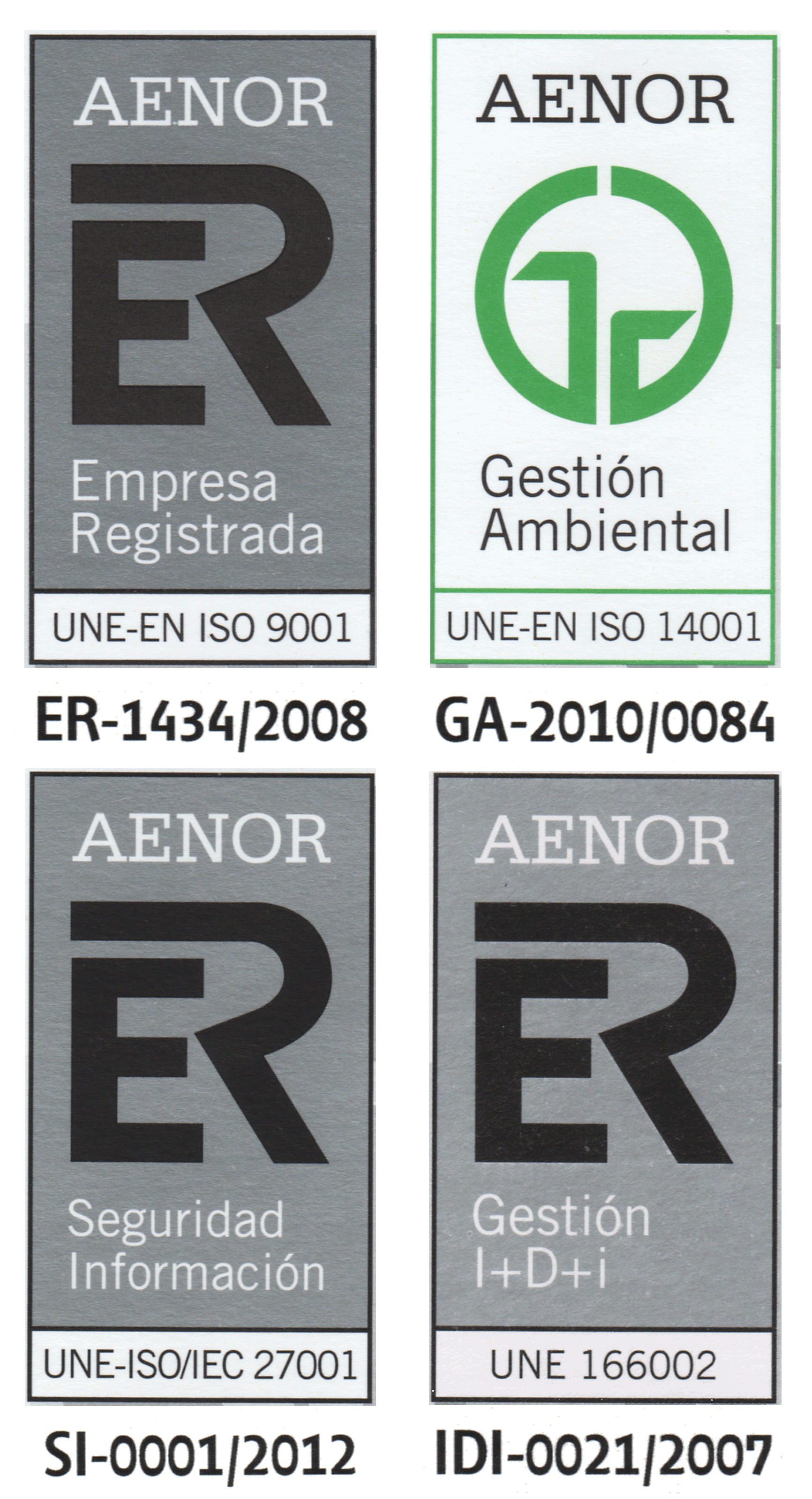Modeling Population Dynamics of Roseate Terns (Sterna dougallii) in the Northwest Atlantic Ocean
| Title | Modeling Population Dynamics of Roseate Terns (Sterna dougallii) in the Northwest Atlantic Ocean |
| Publication Type | Journal Papers |
| Year of Publication | 2018 |
| Authors | García-Quismondo, M., Nisbet I. C. T., Mostello C. S., & Reed M. J. |
| Journal Title | Ecological Modelling |
| Publisher | Elsevier |
| Place Published | Amsterdam (The Netherlands) |
| Volume | 368 |
| Pages | 298-311 |
| Date Published | 01/2018 |
| Abstract | The endangered population of roseate terns (Sterna dougallii) in the Northwestern Atlantic Ocean consists of a network of large and small breeding colonies on islands. This type of fragmented population poses an exceptional opportunity to investigate dispersal, a mechanism that is fundamental in population dynamics and is crucial to understand the spatio-temporal and genetic structure of animal populations. Dispersal is difficult to study because it requires concurrent data compilation at multiple sites. Models of population dynamics in birds that focus on dispersal and include a large number of breeding sites are rare in literature. In this work, we propose a stochastic simulation model that captures the dispersal dynamics of this population of roseate terns. The colonization and decolonization (abandonment) of breeding colonies are modeled as discrete events that follow different dynamics than dispersal. We show that our model reproduces the properties of this population that have been observed in field data. We also analyzed the sensitivity of our model to alterations in different variables, and study the impact of these alterations in the model dynamics. Our results suggest that large colony population size exhibits a threshold sensitivity to adult survival, and that regional persistence is maintained by the larger populations. |
| Keywords | Islands, Metapopulation, Population persistence, Roseate terns, Source-sink |
| URL | http://www.sciencedirect.com/science/article/pii/S0304380017304945 |
| Impact Factor | 2.507 |
| Ranking | 59/158 - Q2 |
| ISSN Number | 0304-3800 |
| DOI | 10.1016/j.ecolmodel.2017.12.007 |



